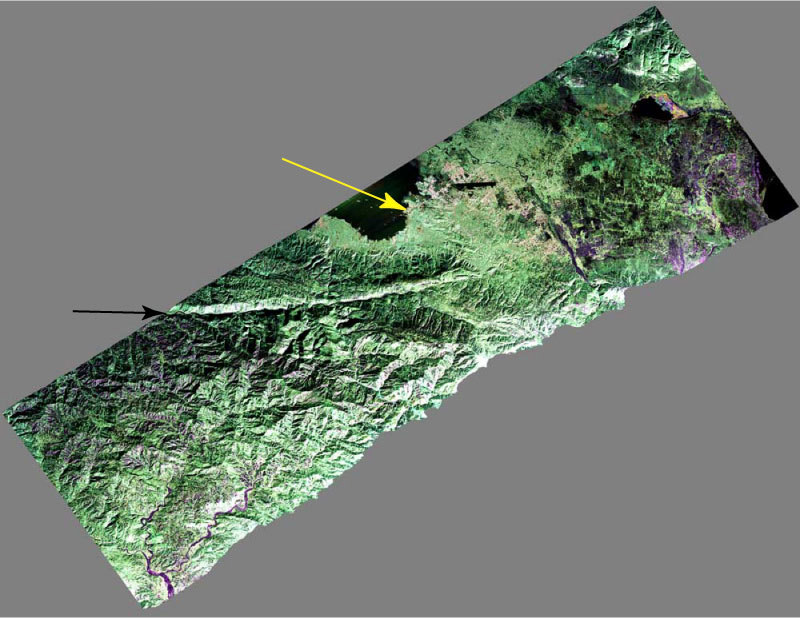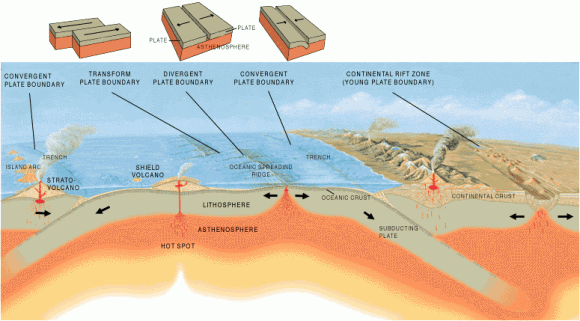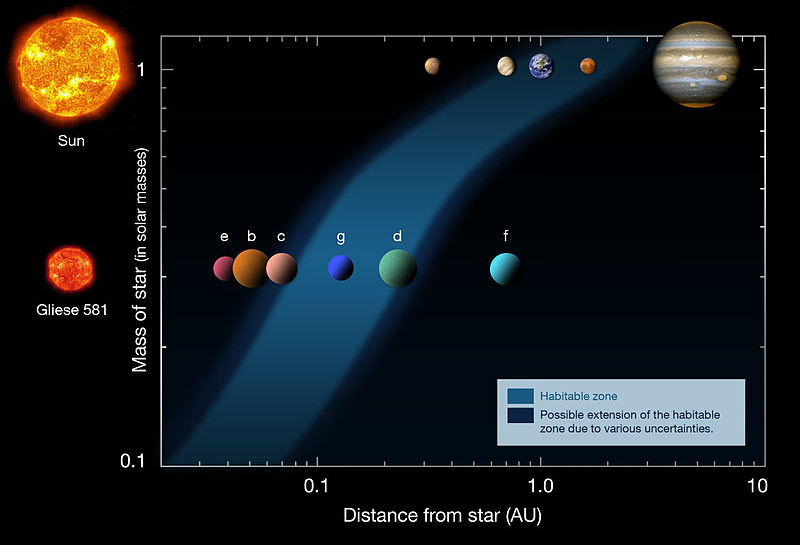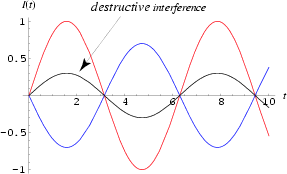[/caption]
The Director of NASA’s Ames Center, Pete Worden has announced an initiative to move space flight to the next level. This plan, dubbed the “Hundred Year Starship,” has received $100,000 from NASA and $ 1 million from the Defense Advanced Research Projects Agency (DARPA). He made his announcement on Oct. 16. Worden is also hoping to include wealthy investors in the project. NASA has yet to provide any official details on the project.
Worden also has expressed his belief that the space agency was now directed toward settling other planets. However, given the fact that the agency has been redirected toward supporting commercial space firms, how this will be achieved has yet to be detailed. Details that have been given have been vague and in some cases contradictory.
The Ames Director went on to expound how these efforts will seek to emulate the fictional starships seen on the television show Star Trek. He stated that the public could expect to see the first prototype of a new propulsion system within the next few years. Given that NASA’s FY 2011 Budget has had to be revised and has yet to go through Appropriations, this time estimate may be overly-optimistic.
One of the ideas being proposed is a microwave thermal propulsion system. This form of propulsion would eliminate the massive amount of fuel required to send crafts into orbit. The power would be “beamed” to the space craft. Either a laser or microwave emitter would heat the propellant, thus sending the vehicle aloft. This technology has been around for some time, but has yet to be actually applied in a real-world vehicle.
The project is run by Dr. Kevin L.G. Parkin who described it in his PhD thesis and invented the equipment used. Along with him are David Murakami and Creon Levit. One of the previous workers on the program went on to found his own company in the hopes of commercializing the technology used.
For Worden, the first locations that man should visit utilizing this revolutionary technology would not be the moon or even Mars. Rather he suggests that we should visit the red planet’s moons, Phobos and Deimos. Worden believes that astronauts can be sent to Mars by 2030 for around $10 billion – but only one way. The strategy appears to resemble the ‘Faster-Better-Cheaper’ craze promoted by then-NASA Administrator Dan Goldin during the 1990s.
DARPA is a branch of the U.S. Department of Defense whose purview is the development of new technology to be used by the U.S. military. Some previous efforts that the agency has undertaken include the first hypertext system, as well as other computer-related developments that are used everyday. DARPA has worked on space-related projects before, working on light-weight satellites (LIGHTSAT), the X-37 space plane, the FALCON Hypersonic Cruise Vehicle (HCV) and a number of other programs.
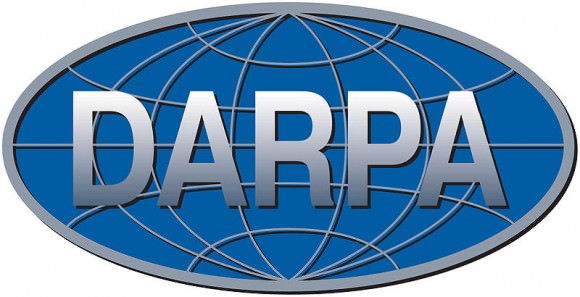
Source: Kurzweil



